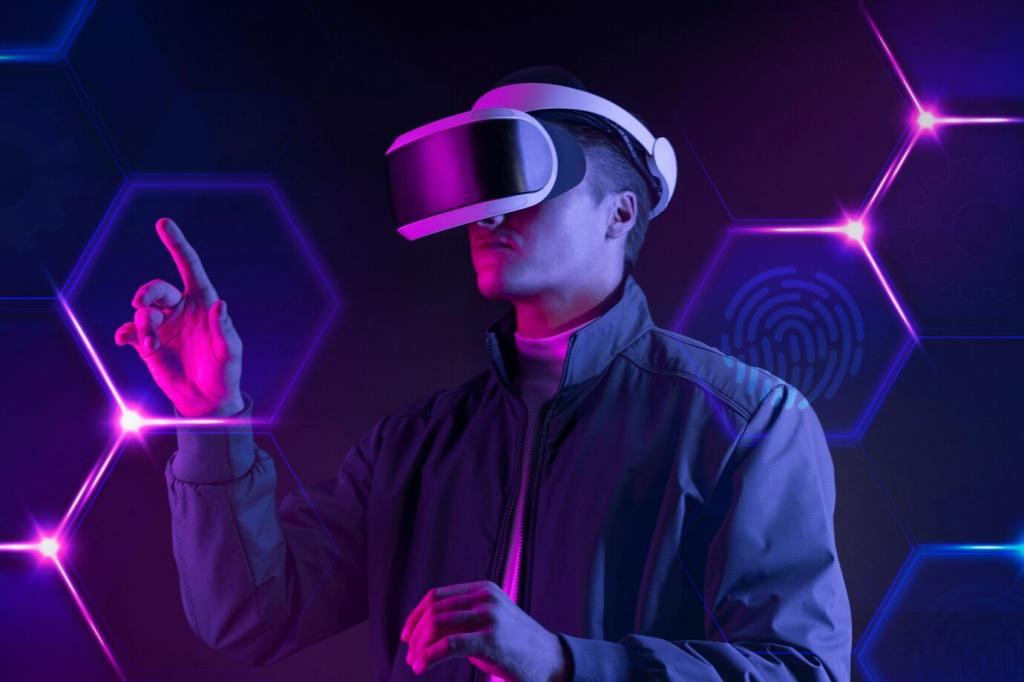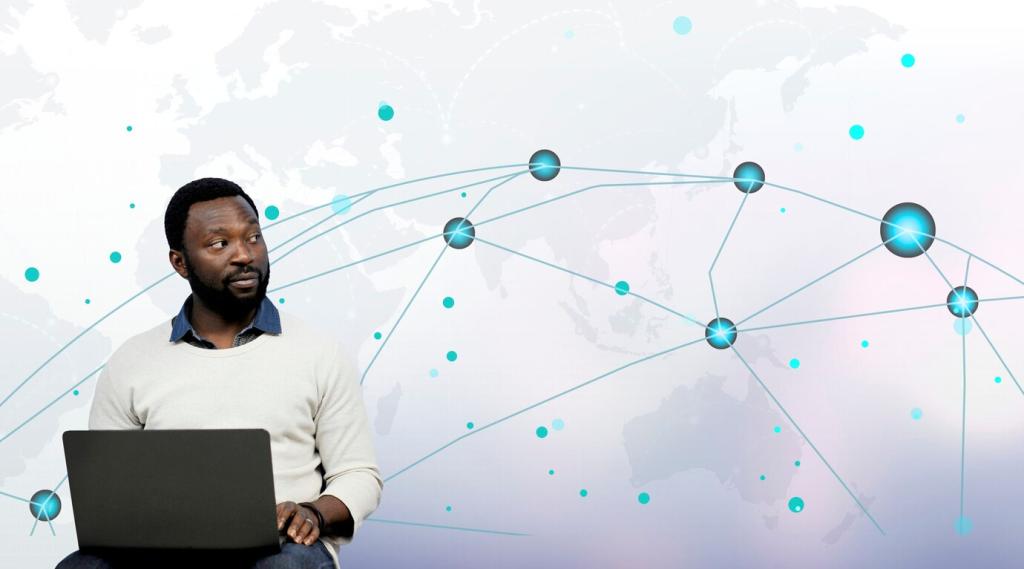How AI is Transforming Remote Work Environments
The widespread shift to remote work has brought both opportunities and challenges for businesses and employees worldwide. Artificial Intelligence (AI) is playing a pivotal role in redefining how remote work environments operate, making remote collaboration not only feasible but increasingly efficient and dynamic. From streamlining communications to enhancing security and promoting employee well-being, AI-driven solutions are empowering organizations to adapt and thrive in this digital era. In this exploration, we uncover the multifaceted ways AI is reshaping the future of remote work, delivering benefits that strongly impact productivity, inclusivity, and innovation.

Enhancing Communication and Collaboration
01
AI-driven language translation tools are bridging communication gaps in global teams. With the ability to instantly translate written and spoken words during meetings, emails, and chats, these solutions enable employees from different linguistic backgrounds to interact without misunderstandings. This fosters inclusivity, accelerates project timelines, and unlocks access to international talent. As AI understands and adapts to colloquialisms and industry-specific jargon, the quality of translations continues to improve, making cross-border remote work smoother and more effective than ever before.
02
AI-powered meeting assistants are streamlining video conferencing for remote teams. These smart assistants can schedule meetings, transcribe conversations in real-time, highlight action items, and even summarize key points for attendees. By automating note-taking and organization, employees are freed from administrative burdens and can instead focus on meaningful discussions. As these AI-powered aides learn team preferences and optimize workflows, they help remote teams collaborate more productively, ensuring nothing falls through the cracks and keeping everyone aligned on objectives.
03
AI is enhancing collaboration platforms with automated features that help teams stay synchronized and on track. Intelligent bots can assign tasks based on workload or expertise, send reminders for deadlines, and recommend relevant documents or resources. These features streamline project management and ensure efficient information sharing among remote members. By leveraging data on individual and team performance, AI-driven platforms can morph into powerful enablers of productivity, helping teams work together fluidly regardless of their physical locations.
Improving Productivity and Time Management
AI-infused platforms are increasingly automating routine and repetitive tasks, allowing remote workers to focus on higher-value activities. For example, AI can automatically sort emails, generate reports, update spreadsheets, or process approvals based on learned patterns and priorities. Over time, these solutions adapt to individual working styles, anticipate needs, and further minimize manual interventions. By eliminating mundane tasks, employees enjoy more time for creative, strategic work, making remote roles less tedious and more rewarding.
Reinforcing Security and Data Protection
Adaptive Threat Detection
AI-powered security systems continuously monitor network activities and user behaviors to identify potential threats. Unlike traditional systems reliant on predefined rules, these adaptive tools learn from new data, swiftly catching sophisticated phishing attempts, malware intrusions, and unusual login patterns. By flagging risks in real-time, they help remote teams respond proactively to breaches before significant damage occurs. The agility and learning capabilities of AI-powered threat detection are essential for safeguarding distributed workforces operating outside traditional office firewalls.


Intelligent Access Controls
AI improves security protocols by enabling intelligent, dynamic access controls in remote environments. These systems analyze patterns such as location, device type, and usage frequency to determine whether to grant or restrict access to sensitive information. For instance, AI can detect if an employee’s credentials are being used in an unusual context and require additional authentication. Such adaptive security measures reduce the risk of unauthorized access, giving organizations peace of mind as employees connect from disparate locations and devices.
